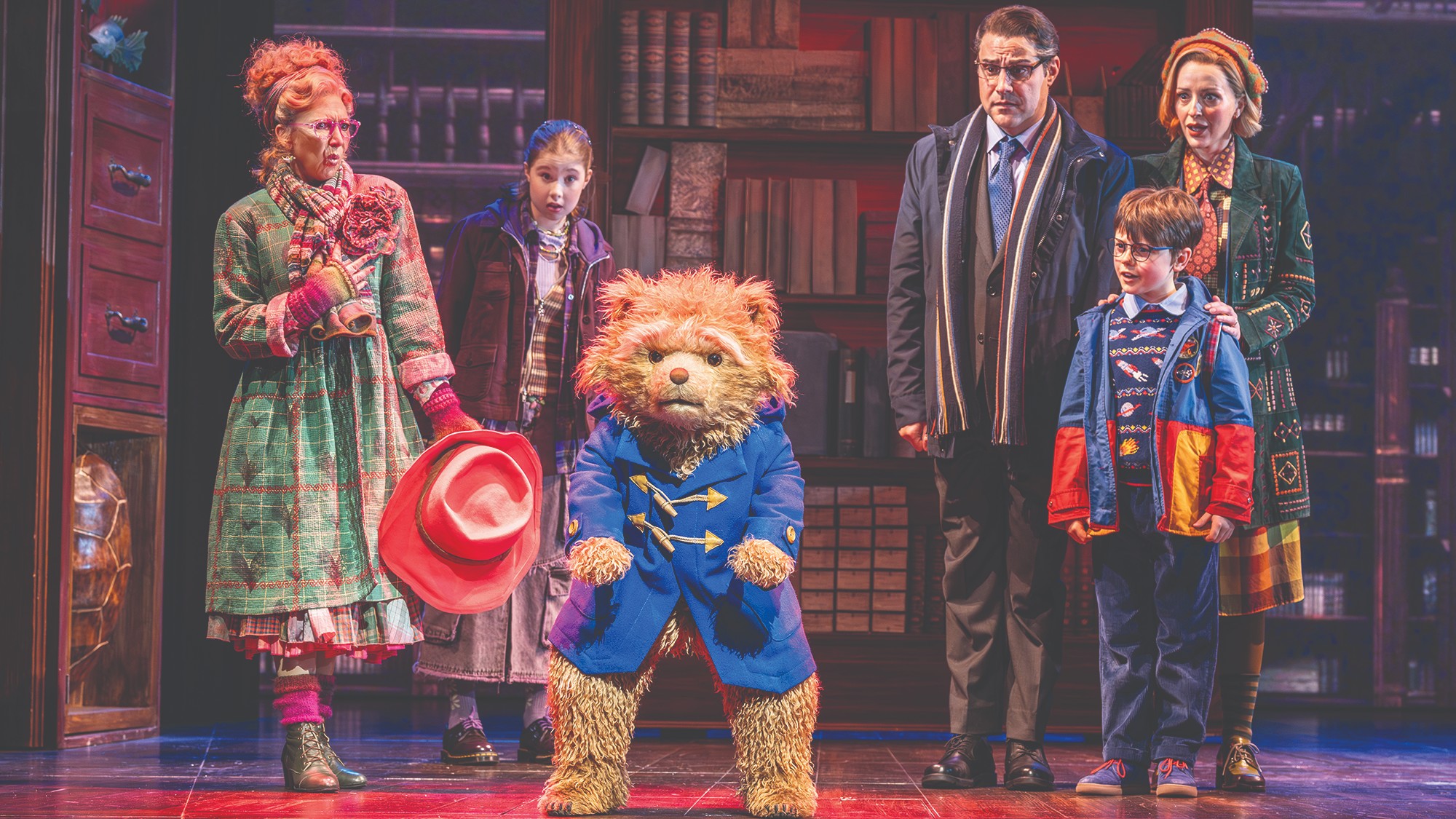Forrest Bess: Seeing Things Invisible
East Texas painter Forrest Bess “seems finally to be getting his due in a meaningful way.”
The Menil Collection, Houston
Through Aug. 18
East Texas painter Forrest Bess “seems finally to be getting his due in a meaningful way,” said Molly Glentzer in the Houston Chronicle. An eccentric who lived as a hermit on a bay off the Gulf Coast, Bess (1911–77) left behind a body of symbol-laden work that was deemed museum-worthy during his lifetime but has been difficult to separate from the obsessions that seemed to consume him. Now, a year after a group of Bess’s paintings and letters was featured in an installation at the Whitney Biennial, the Menil has pulled together the first major museum survey of his work in decades. The backstory is all here—that Bess was a tortured gay man whose dream visions and elaborate Jungian theories led him to mutilate his penis in an attempt to attain immortality. “If his paintings hadn’t been so good, Bess would surely have been dismissed as a crackpot years ago.” But the paintings prove too striking to be overshadowed by the legend.
The Week
Escape your echo chamber. Get the facts behind the news, plus analysis from multiple perspectives.

Sign up for The Week's Free Newsletters
From our morning news briefing to a weekly Good News Newsletter, get the best of The Week delivered directly to your inbox.
From our morning news briefing to a weekly Good News Newsletter, get the best of The Week delivered directly to your inbox.
Not that they can be understood, said Robert Boyd in Glasstire.com. Bess intended his paintings to be more than “expressive arrangements of color and form,” but that’s now the only way we can see them, and they’re powerfully effective on those terms alone. In No. 12A, two nearly centered white rectangles are being overtaken by a pink wedge that “looks like a piece of raw meat or mucus membrane.” To my eye, the image looks like a battle between Bess’s “messy spirituality” and “the odorless purity” of his modernist contemporaries. Whatever its meaning, it’s “a work of compulsion.” Better still, it “contains subtleties that can’t be photographed”—rich juxtapositions of colors and textures and finishes that require you to lean in close to truly see. We can’t solve the riddle Bess presents, and we don’t need to.
A free daily email with the biggest news stories of the day – and the best features from TheWeek.com
-
 The Week contest: Primate peck
The Week contest: Primate peckPuzzles and Quizzes
-
 Paddington: The Musical – a ‘funny, feel-good, family-friendly’ show
Paddington: The Musical – a ‘funny, feel-good, family-friendly’ showThe Week Recommends The cast take a ‘well-known story’ and ‘melt your heart’ with this triumphant production
-
 Political cartoons for December 4
Political cartoons for December 4Cartoons Thursday’s political cartoons include a nap for Donald Trump, rage bait of the year, artificial intelligence turning on its master and more